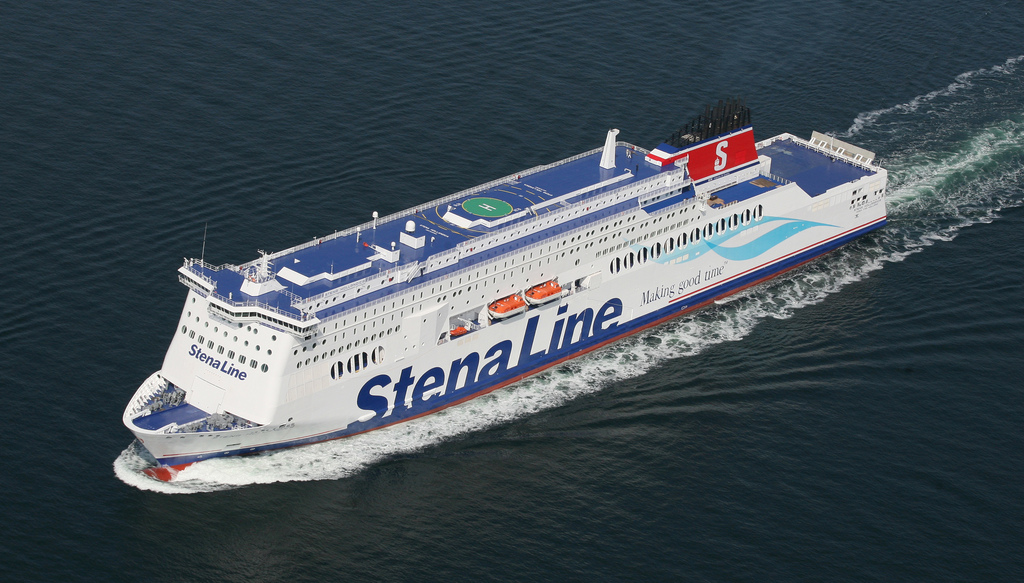Stena Line’s effort to reduce its environmental footprint is well on course according to a recent company report. Stena AB’s Sustainability Report for 2015, which was recently published, shows reduced fuel consumption and lower emissions for the shipping companies within Stena.
Stena Line has exceeded its targets for reduction of emissions of both sulphur and CO2.
One of the largest changes to affect the shipping industry was introduced in 2015 with tough new regulations on sulphur emissions being laid down for ferry operators in Northern Europe. This regulation means that the permitted emission levels of sulphur from vessels has been reduced from a maximum one per cent to 0.1 per cent within the SECA area from 1 January 2015.
For Stena’s shipping companies, with 93 vessels operating all over the world, the new rules have resulted in a reduction of over 4,000 tonnes of sulphur from 2014 to 2015, which represents an impressive 15 per cent reduction.
For Stena Line’s 34 vessels operating in Europe, 24 of which operate within the SECA area, the total emission of sulphur has been reduced by 53 per cent.
Carl-Johan Hagman, CEO at Stena Line, said:
“Focusing on sustainability is not only a priority for Stena Line, but for the entire industry which needs long term sustainable fuel options to maintain its competiveness. We are currently conducting several initiatives looking at alternative fuels within Stena. Our Methanol Project on Stena Germanica is one example. We are also looking at battery powered vessels, which is now starting to become an interesting option for shipping.”


